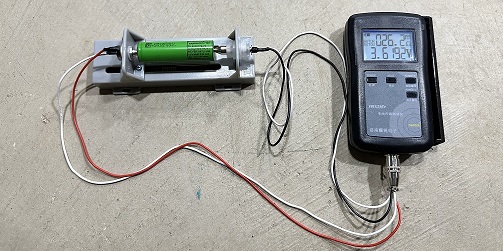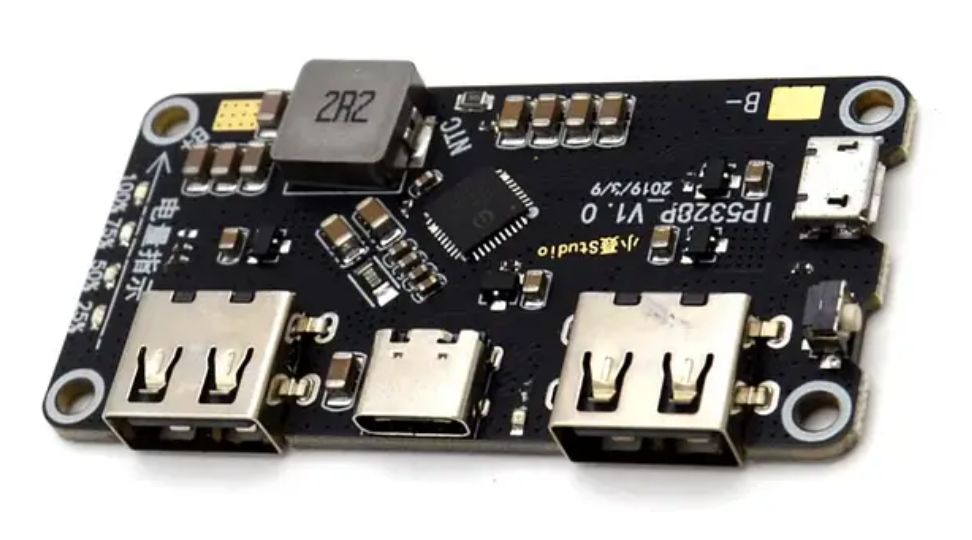
How do you check lithium battery health with a multimeter
Table of Contents
Checking the health of a lithium battery with a multimeter is essential for anyone working with or relying on lithium-ion batteries. This includes an initial voltage check after charging, investigating individual cell groups, assessing cell health, testing under load conditions, and monitoring self-discharge. You can also use a multimeter to check internal resistance. For a detailed guide, check out our other articles.
Each method offers valuable insights into the battery's condition, helping users maintain battery health and ensure longevity and reliability. Safety precautions should always be observed when handling and testing lithium batteries. If you are looking to test the state of health of a battery, check our article discussing the steps in Battery Testing.
Test Initial Battery Voltage
Firstly, fully charge your battery until the charger indicates completion, usually through a change in light color or an indicator turning off. Once fully charged, disconnect the battery from the charger and measure the voltage using your multimeter. If the measured voltage is significantly lower than 42 volts—say, 39 volts—it signals a problem. You can also build your own lithium battery charger by following the steps in our other article.
Its relatively normal, though, for a good battery to be at exactly 42 volts when taken off the charger. Something like 41.6 or 41.8 is totally normal, depending on the type of BMS and charger.
This difference between these voltages suggests that the BMS (Battery Management System) halted the charging process prematurely, possibly due to one or more cell groups reaching 4.2 volts before the others. This can hint at a bad cell group or an issue with the BMS or the battery's internal connections.
Check Cell Group Health
After identifying a potential issue through the initial voltage check, the next step involves accessing the battery's internal cell groups for a more detailed assessment. This requires carefully opening the battery casing, a process that should be undertaken with caution to avoid damaging the battery, injuring yourself, or even starting a fire.
Once you've gained access, use the multimeter to measure the voltage of each cell group. If all cell groups display similar voltages but the battery as a whole fails to charge fully, it could point to a rare issue with the BMS or the charger. On the other hand, a significant variance among cell group voltages confirms a problem with specific cells or groups.
Each cell group's voltage should range between approximately 2.6 and 4.2 volts. Voltages above 4.2 volts indicate a serious issue, likely with the BMS failing to stop charging at the appropriate time. Conversely, voltages below 2.6 volts suggest irreversible damage due to lithium plating, which occurs when cells are discharged below a critical threshold.
I can’t stress this enough: Any time spent below the low voltage threshold will cause irreversible, permanent damage to the cell. Each second that passes in this condition, more and more lithium is being plated on the electrodes.
Testing Under Load
Another method to assess battery health with a multimeter involves monitoring the battery's voltage both with no load and under a specific load. This can help calculate the battery's internal resistance through some basic mathematical calculations.
It’s important to consider the fact that even without calculations, observing the voltage drop under load can provide insights. For instance, a significant voltage drop under a modest load indicates a problem, whereas a slight drop suggests the battery is functioning correctly.
Monitoring Self-Discharge
Lastly, fully charge the battery or cell and let it sit for a few days before checking the voltage again. A drop of more than 0.1 volts during this period could indicate a high level of internal self-discharge, signaling potential battery health issues.
Using a multimeter to check lithium battery health is a valuable technique that can reveal a lot about a battery's condition without invasive measures. Whether it's an initial voltage check, investigating cell groups, assessing under load, or monitoring self-discharge, each method provides crucial data. Understanding these metrics is key to maintaining battery health and ensuring the longevity and reliability of your lithium-ion batteries. Remember, safety should always be your top priority when handling and testing lithium batteries.
We hope this article effectively taught you how to check lithium battery health with a multimeter. Thanks for reading!


